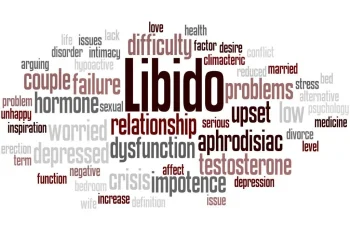Perimenopause, the transition to menopause, lacks a single diagnostic test, requiring healthcare providers to assess symptoms, hormone levels, and rule out other conditions. Hormonal shifts, like declining estrogen and progesterone, vary widely, complicating tests and necessitating a holistic approach. Typically starting in the mid to late 40s, it lasts about four years—ranging from two to eight—featuring ongoing periods alongside symptoms like hot flashes, mood swings, irregular cycles, sleep issues, and vaginal dryness.

Consulting healthcare professionals is key. They review medical histories, symptom patterns, and may test for conditions like thyroid disorders to ensure accurate diagnosis and tailored treatment. At-home perimenopause tests, focusing narrowly on hormones, often miss the full picture—symptoms, menstrual history, and broader health—risking misdiagnosis. Providers offer comprehensive evaluations and personalized plans, from lifestyle changes to hormone therapy.
Seeking professional guidance empowers those suspecting perimenopause to manage symptoms effectively, enhancing quality of life. As awareness grows, individuals should advocate for their health and stay informed about this phase.




